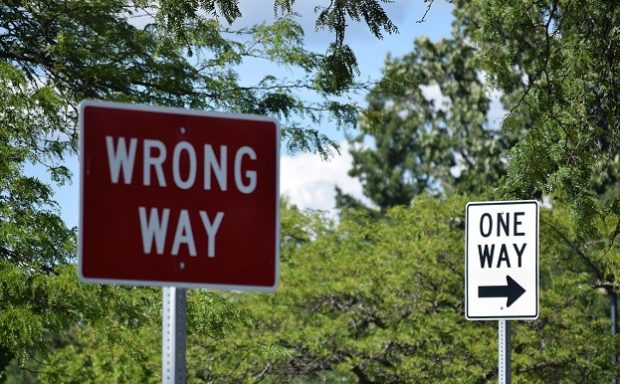The Indiana driving laws are some of the most unique in the country. For starters, the prohibitions against cell phone use while driving are some of the strictest. No matter what, drivers cannot use their cell phones while behind the wheel, even if they are stopped at a red light. The only exception to this rule is if the driver is using a hands-free device.
In addition, Indiana is one of only a handful of states that have a law on the books that prohibits drivers from pump their own gas. Instead, that task must be performed by a gas station attendant.
The final quirky Indiana driving law has to do with license plates. In the Hoosier state, drivers are not allowed to have any letters or numbers on their license plates that could potentially be offensive.
So, if you’re planning on driving in Indiana, make sure you brush up on the unique laws before hitting the road.
Driving Guide for Driving Safely in Indiana
Although the Indiana driving laws are some of the most unique in the country, there are still some basic driving safety tips that every driver should follow. First and foremost, always wear your seatbelt. No matter how short the drive, seatbelts can save lives in the event of an accident.
Second, pay attention to the road and put away any distractions. This means no cell phone use, even if you are stopped at a red light. If you need to use your phone, pull over to a safe location first.
Third, always drive sober. Indiana has a zero-tolerance policy for drunk driving, so even one drink can put you over the legal limit. If you are going to be drinking, make sure to have a designated driver or call a taxi.
Following these basic safety tips will help you stay safe on the roads, no matter what state you’re driving in.
What is the emergency vehicle law in Indiana?
The emergency vehicle law in Indiana states that drivers must yield the right of way to any emergency vehicle that is approaching with its lights and sirens on. This includes ambulances, fire trucks, and police cars. If you see an emergency vehicle approaching, pull over to the side of the road and stop. Do not try to move out of the way or speed up to get out of the way. Let the emergency vehicle pass, and then you can continue on your way.
You may also read: Indiana Defensive Driving Program: Know all the Details
What is the vehicle light law in Indiana?
What is the low speed vehicle law in Indiana?
The low speed vehicle law in Indiana requires drivers of low speed vehicles, such as golf carts and ATVs, to yield the right of way to all other vehicles on the road. Low speed vehicles must also stay in the right lane when possible and not exceed 25 mph.

